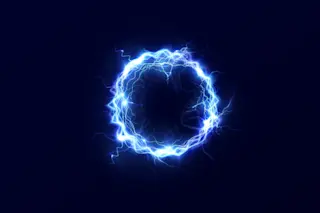It’s a tired trope in movies and cartoons: The characters are wandering in the desert, desperate for water, when up ahead, they see an oasis. Water at last! (In cartoons, the water is often surrounded by swaying palm trees and deck chairs.)
But alas, there is no oasis — no water at all, not even a small pool. It was just a mirage. We even use ‘mirage’ as a metaphor: I imagined us together for the rest of our lives, but that future was just a mirage. But what are mirages when you get them away from movies and metaphors?
A mirage is an optical illusion that occurs when light rays bend due to refraction in layers of air with different densities. This phenomenon creates the appearance of a distant object or scene, which is deceptive because it does not physically exist at that location.
Read More: Optical Illusions Are ...














